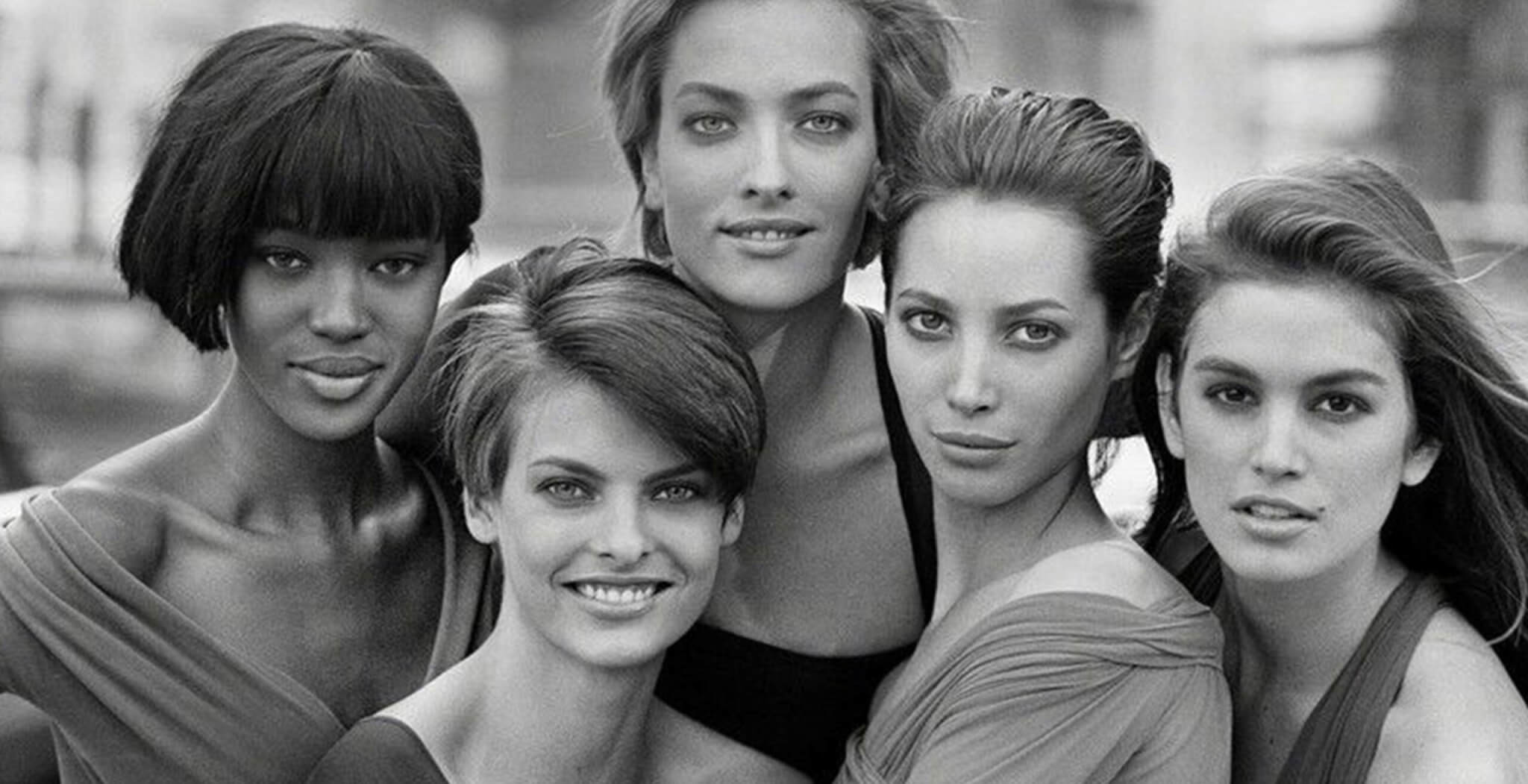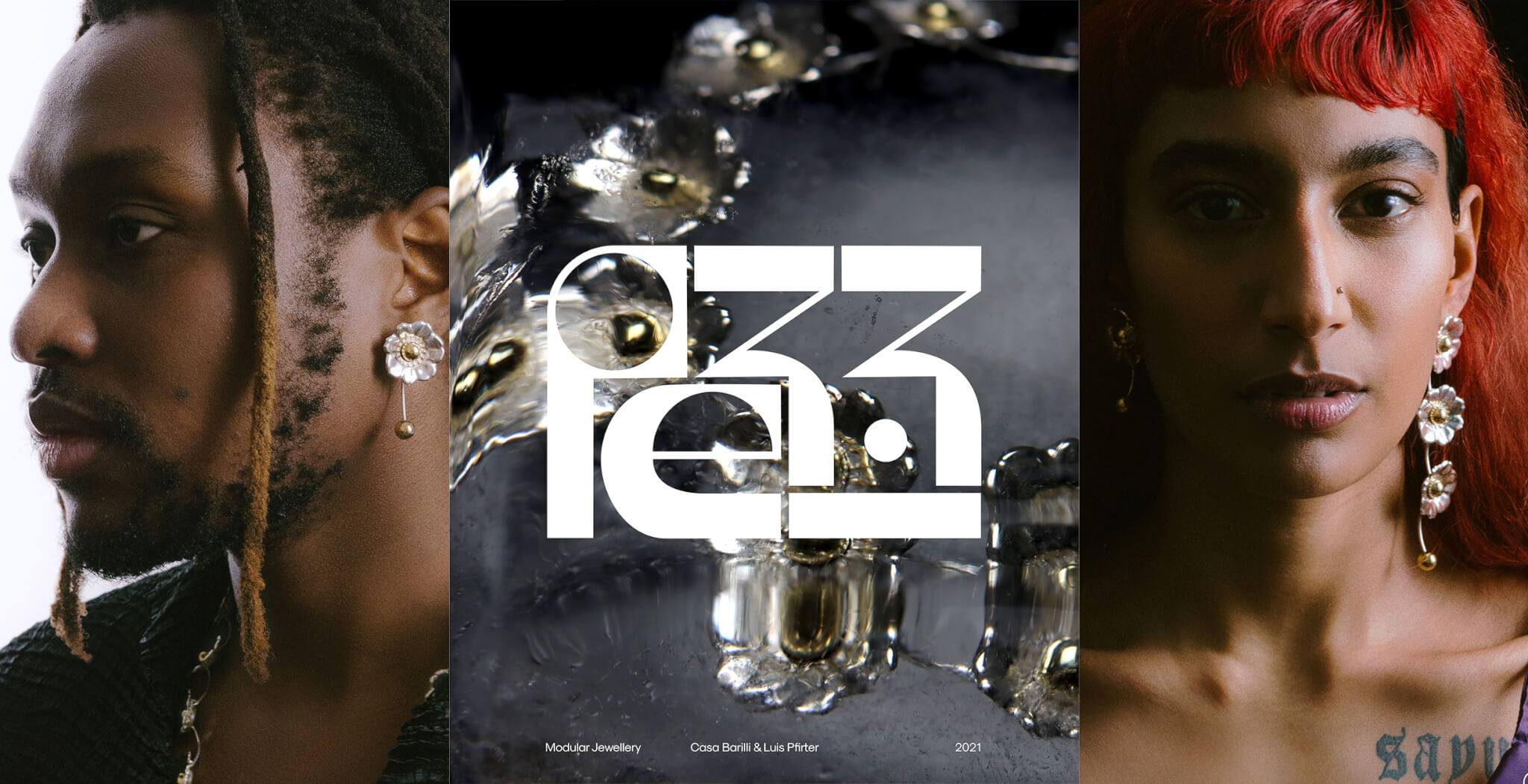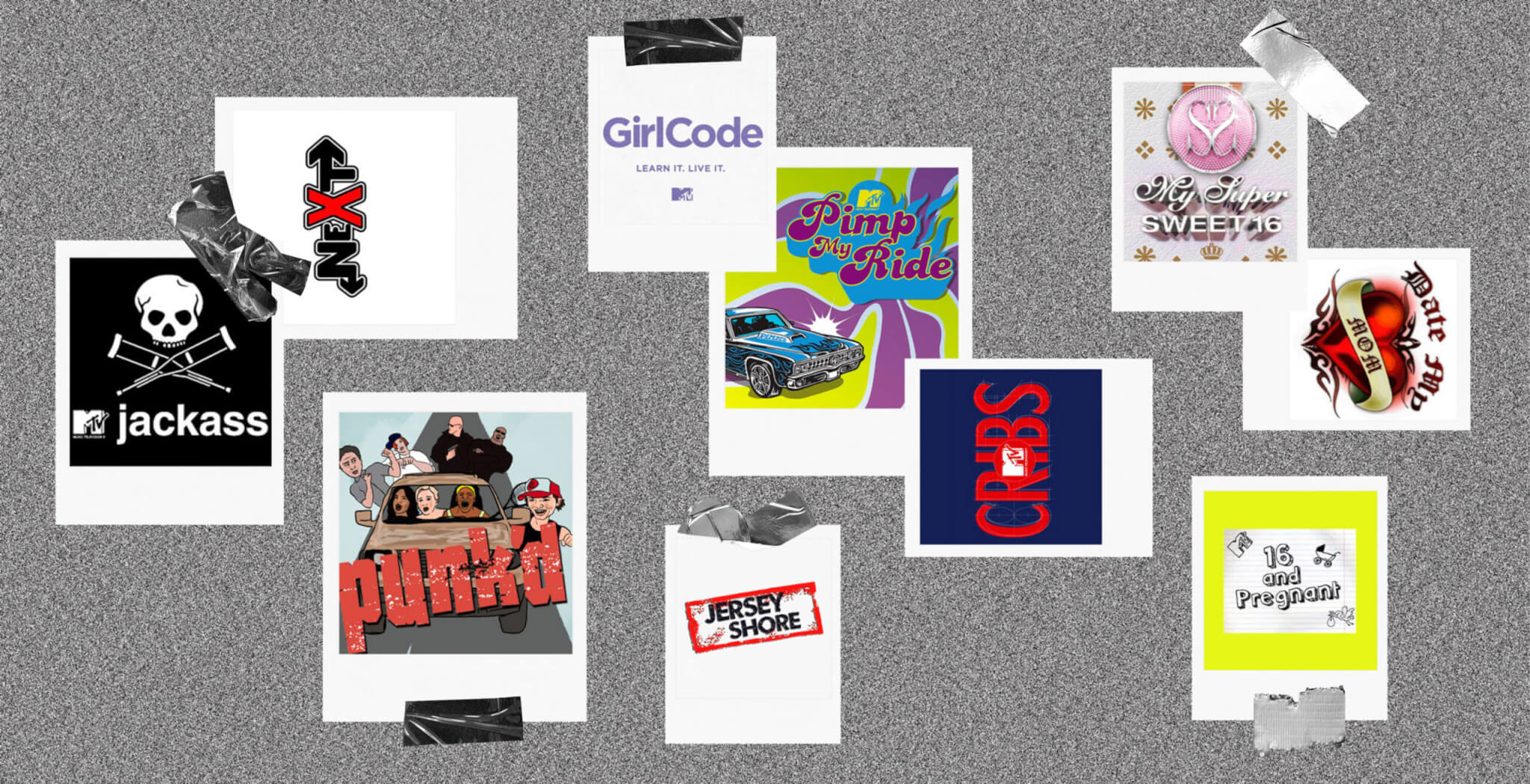An Era Ends: Supermodels Don’t Exist Anymore
Supermodels have long been synonymous with glamour and fame, ruling the catwalks and fashion scene for decades. However, in the age of social media and the rise of influencers, the question arises: do supermodels still exist? Are they overshadowed by Instagram baddies and individuals benefiting from nepotism?
The reign of supermodels began in the 1980s when photographers like Bruce Weber, Peter Lindbergh, and Paolo Roversi launched their careers, elevating models to star status. Legendary names such as Claudia Schiffer, Cindy Crawford, Linda Evangelista, Christy Turlington, and Naomi Campbell became darlings of designers and photographers, unmatched in terms of fame.
When discussing supermodels, one often reminisces about the 90s, a time when these models had the power to choose the labels they worked with and the campaigns they posed for. With countless cover shoots and contracts with prestigious fashion houses like Chanel and Louis Vuitton, they reached the pinnacle of success together. They transcended the fashion world, becoming idols celebrated on the catwalks and beyond. Their fame endures to this day, and they are still highly sought-after for the most prestigious campaigns.
The term “supermodel” originated in the 1940s but gained popularity in the early 1990s. While many famous models have vied for the title of the original supermodel, Lisa Fonssagrives is widely regarded as the first. Fonssagrives graced the cover of Vogue magazine over 200 times between the 1930s and 1950s, cementing her status as a famous face. Her successful career also contributed to Vogue’s influence within the fashion industry. Achieving a Vogue cover became the ultimate accomplishment for print models.
In the present day, we still associate supermodels with the iconic figures of the past, yet finding a modern-day equivalent is challenging. Even Claudia Schiffer expresses uncertainty about the existence of supermodels today, noting that being simultaneously recognized on covers worldwide is nearly impossible. The advertising industry now gravitates towards pop stars and actresses, leaving little space for the supermodels of yesteryear.
According to trend forecaster and fashion expert Mandy Lee, the term “supermodel” lost its relevance around 2010 due to the rise of social media. Models now have the opportunity to develop their own voice and wield influence. In the past, successful models were often discovered at a young age or had family ties in the industry, surrounded by an air of mystery and the expectation of being seen rather than heard. Therefore, it can be argued that supermodels no longer exist. However, this shift isn’t necessarily negative.
In conclusion, the era of traditional supermodels may have given way to a new landscape where social media and influencers hold significant sway. While the term “supermodel” may have lost some of its luster, it’s important to recognize the evolving nature of the fashion industry and the opportunities provided by this shift. The reign of supermodels will forever be remembered as an iconic era in fashion history.



























